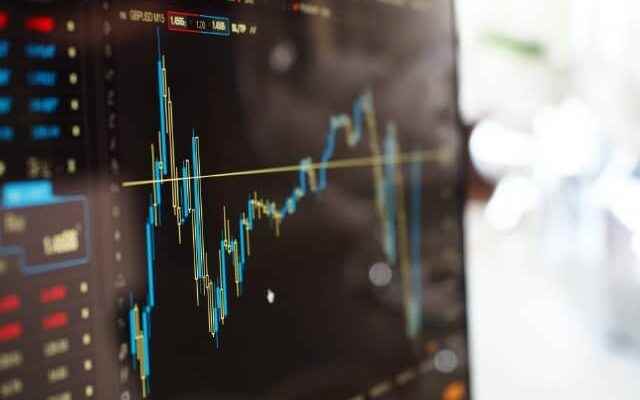(AOF) – Valneva has announced the publication of new data from a small exploratory study on the use as a heterologous booster of its inactivated vaccine against Covid-19, VLA2001. In this study, “a booster dose with VLA2001 generated only a marginal increase in neutralizing antibody response,” the biotech company said.
“Although these latest boost results do not match the encouraging results of homologous and heterologous boosts observed previously, we are pleased to confirm once again the favorable safety and tolerability profile of VLA2001”, commented Juan Carlos Jaramillo, the medical director of Valneva, quoted in a press release.
AOF – LEARN MORE
Key points
– Specialist in the development of prophylactic vaccines against infectious diseases with limited therapeutic options;
– Turnover of €348m €bn drawn from Europe for 56%, ahead of the Americas (27%), then Asia-Oceania (9%) and Africa-Middle East (8%) ;
– Business model: portfolio of diversified vaccines for the general public, financing of clinical developments by a specialized infrastructure, 2 commercial vaccines (Ixiaro and Dukoral against Japanese encephalitis and cholera) and vaccine distribution rights for third parties;
– Capital held at 11.68% by the Grimaud la Corbière group, 8.15% by BPI France, 8.14% by Pfizer at the end of September, Frédéric Grimaud presiding the supervisory board of 5 members and Thamas Lingelbach the management board;
– Solid balance sheet with €307m of equity against €42m of debt at the end of April, reinforced by available cash giving financial visibility until the end of 2024.
Challenges
– Medium-term strategy based on financing R&D through sales of the Ixiaro and Dukoral vaccines, extension of the manufacturing network (3 sites, in Scotland, Sweden and Austria) and partnerships promoting the group’s assets;
– Innovation strategy inherent in the business model, rich in a portfolio of 398 patents and supported by €173 million in R&D costs, with 3 main assets and 3 preclinical programs:
– the only vaccine in clinical development against Lyme disease,
– the only single injection vaccine against chikungunya,
– the only inactivated and adjuvanted whole virus COVID-19 vaccine,
– candidate vaccines against human metapneumovirus, parvovirus and norovirus;
– Environmental strategy: energy efficiency, minimization of waste, optimal use of water and reduction of 5%, vs 2016, of CO2 emissions by 2025;
– Good visibility of the activity thanks to the agreements on vaccines with:
– with Pfizer to co-develop and sell the one against Lyme disease ($308 million),
– with Bavarian Nordic for the marketing and distribution of specialized vaccines,
– with Batavia Biosciences to develop an inexpensive polio vaccine,
– with the Butantan institute against chikungunya for low-income countries.
Challenges
– Three major uncertainties in autumn 2022:
– the end of the production of the anti-covid VLA2001 vaccine caused by the fall in public orders, hence the recovery of the financial situation via a call on the market,
– the disposal of VLA2001 stocks on international markets,
– the pending decision from the US Department of Defense on a new order for IXIARO in 2023;
– Evolution of the shareholding after the September capital increase, amounting to €103 million (Deep Track with 6.97% of the shares, BPI France 7.6%)
– Response of the American health authority to the marketing of the vaccine against chikungunya;
– End of phase 3 clinical trials of the vaccine against Lyme disease in the 2nd quarter of 2023;
– Launch in early 2023 of the marketing, in partnership with VBI Vaccines, of PreHevbri, the only vaccine authorized in Europe against hepatitis B;
– After a doubling of revenues in the 1st half, 2022 objectives of turnover between 340 and 360 M€ and R&D expenditure between 65 and 75 M€.
Find out more about the “pharmacy” sector
Loss of speed in European research
European research is losing ground to American and Chinese research. In twenty years, Europe’s share has fallen from 41% to 31% in global R&D. China’s share jumped from 1% to 8%. As for the United States, which supplanted Europe, in 2001 it devoted only 2 billion euros per year more than Europe to R&D, whereas now this gap has reached 25 billion! Some experts accuse the European authorities of not having deployed effective policies. The financing of pharmaceutical research should therefore have been better targeted via the “Horizon 2020” programme. France only comes in eighteenth position in European funding despite the quality of its research. Conversely, the United States concentrates funding on Boston and a few centers of excellence.
